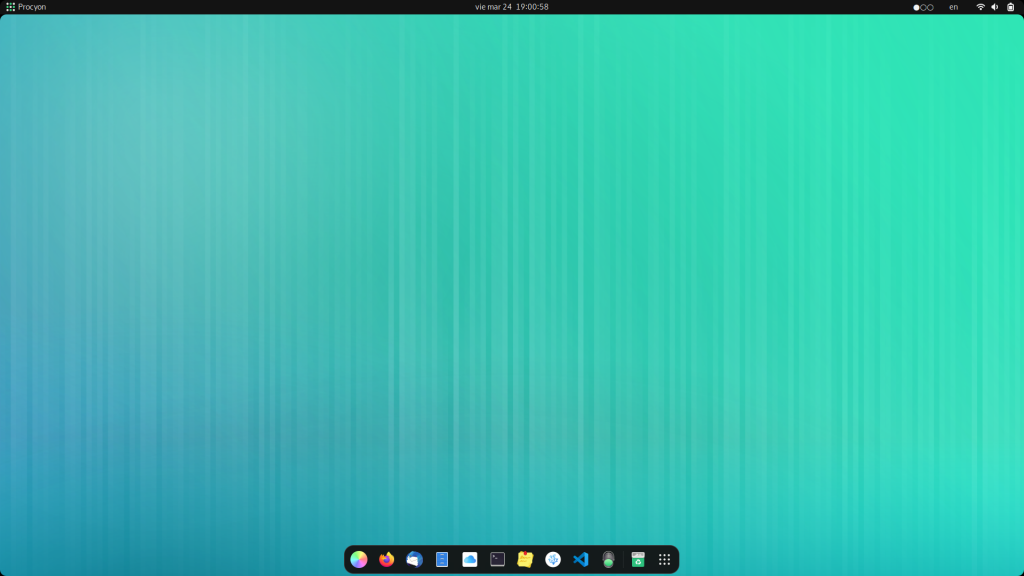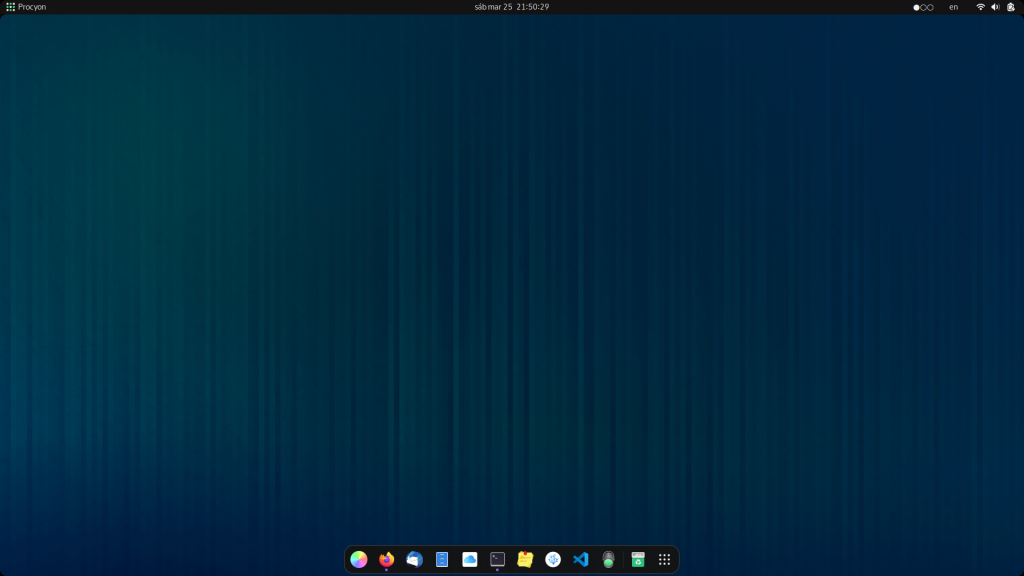
Encontré hace (mucho) tiempo, en el newsletter ‘Learn by Example’ de Sundeep Agarwal, un enlace a la web de Josh Comeau detallando un sinnúmero de consejos, tips y explicaciones la mar de didácticas de cómo facilitarnos nuestro propio proceso de aprendizaje de una habilidad; él lo enfoca mucho al desarrollo 3d, pero es fácilmente transferible a programar código, hacer juegos, o incluso aprender y usar herramientas bioinformáticas.
Continue reading

